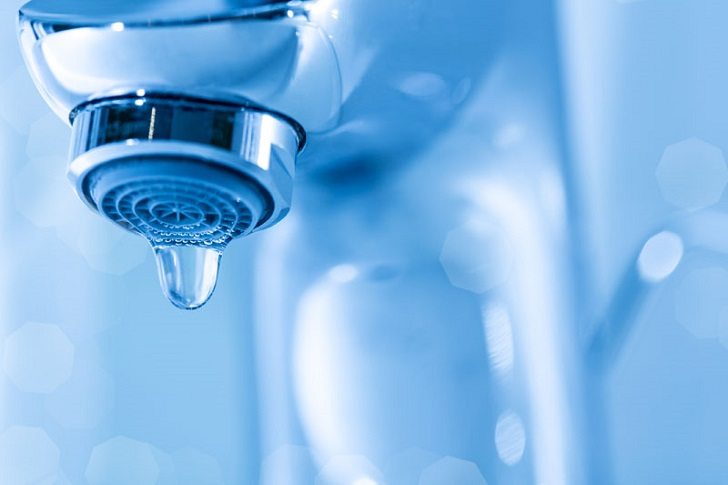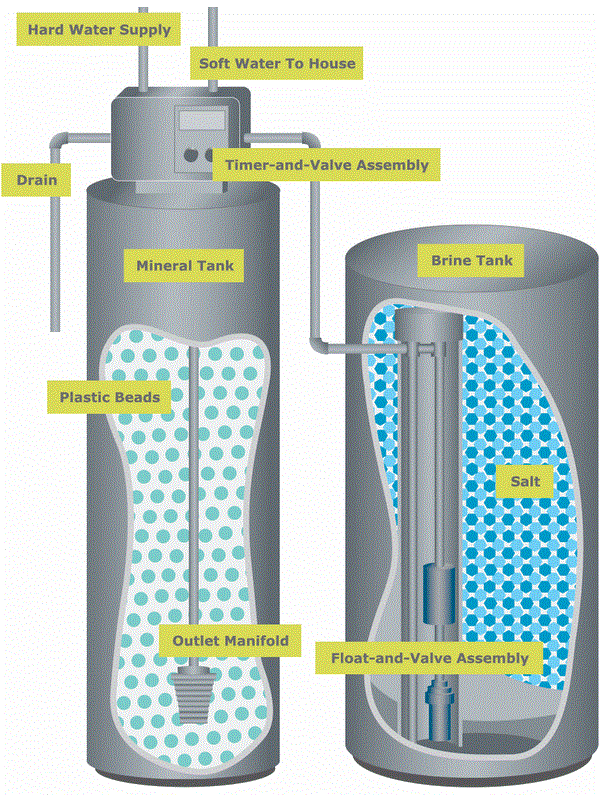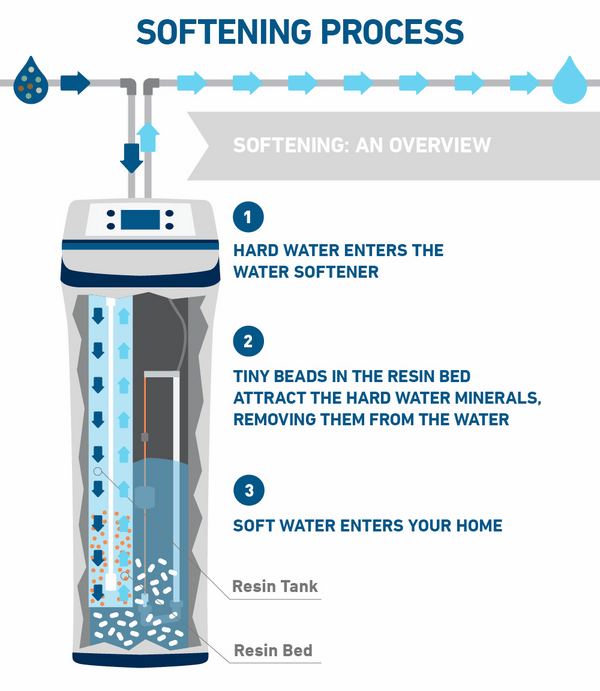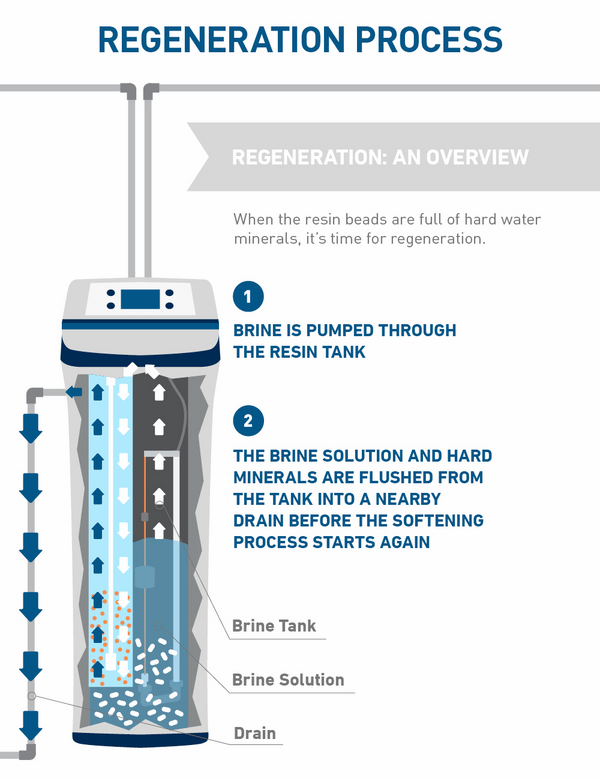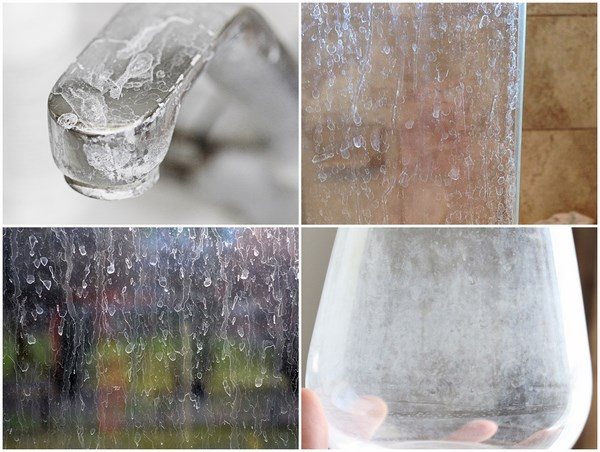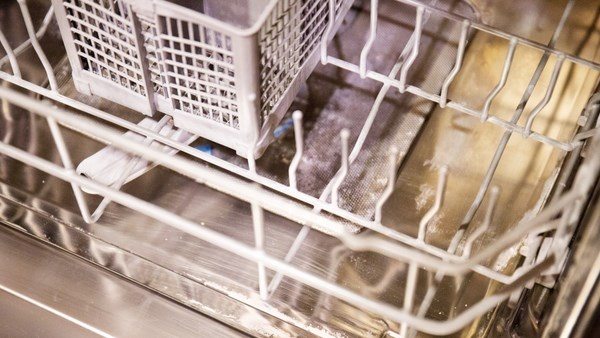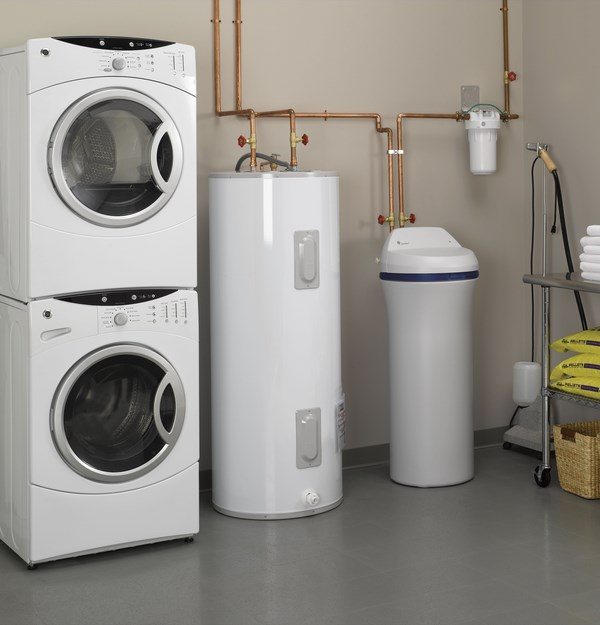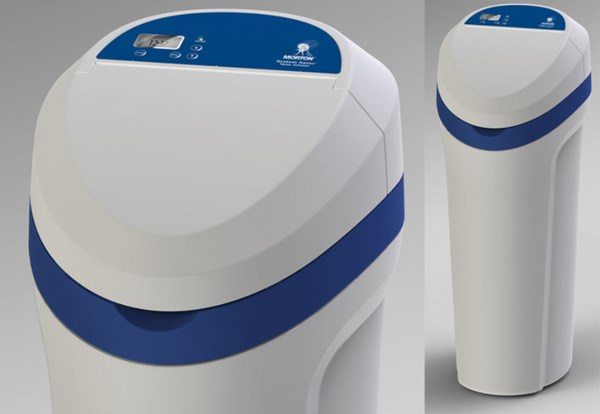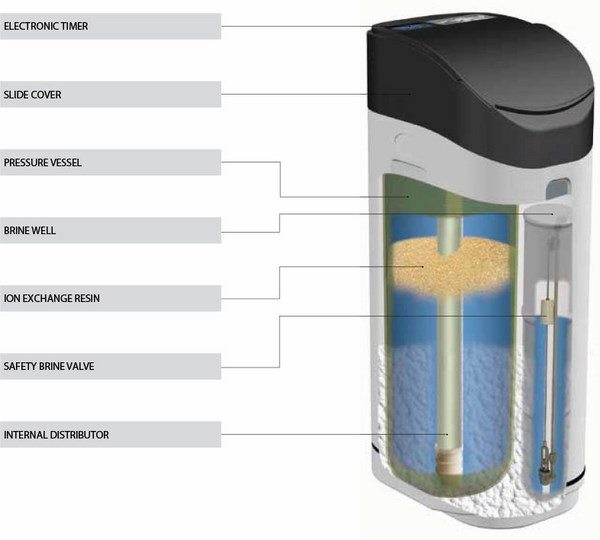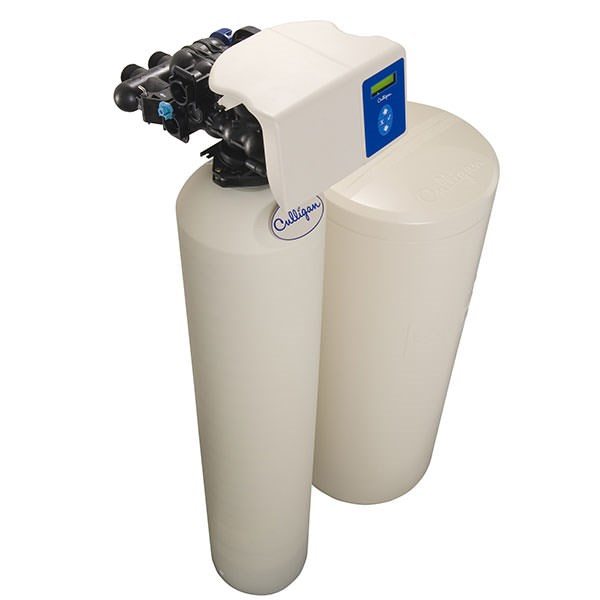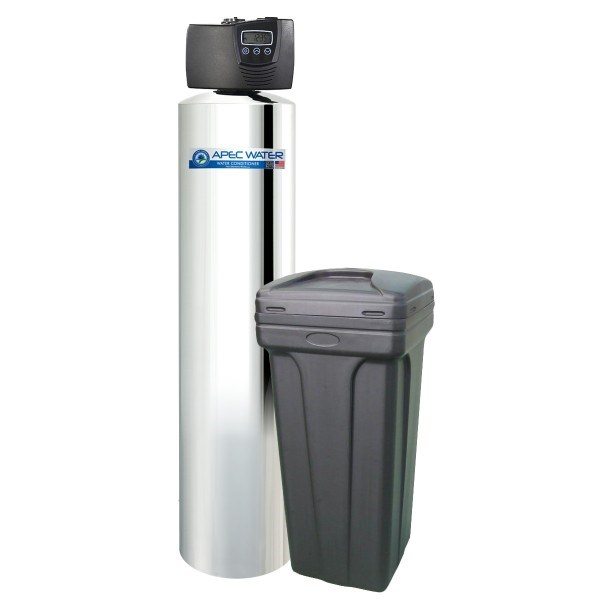Water softener systems for private homes are gaining popularity as many people are conscious about the quality of water in their homes. Health is, probably, the only thing that cannot be bought for money. Health is affected by everything – from clothing to food and drinks. In this regard, the popularity of softeners is growing every year. Water coming to our homes contains a lot of minerals due to the fact that it naturally dissolves calcium, magnesium carbonate, and manganese. Softening filters are used to reduce the hardness, that is, to reduce the concentration of salts to the levels allowed by the sanitation services. There are different ways to soften hard water. Some are as simple as boiling others involve a filter system. The mineral content is not considered as a potential health risk, but the deposits are a potential danger to plumbing, water heaters, washing machine, dishwasher, etc. Softening is a process, necessary both in industrial and domestic conditions to prevent reduction of heat output and heat transfer, potential pipe clogs and a variety of other malfunctions.
How do water softener systems work?
Water softening is a process which removes calcium and magnesium ions and replaces them with sodium ions. The process is called ion exchange and solves the problem with hard water as sodium does not precipitate out in pipes neither reacts badly with soap. A typical softener is mechanical appliances plumbed to the supply system of the home. People who are worried for the amount of sodium added to the water should know that it is, actually, quite small – less than 12.5 milligrams per 8-ounce (237-milliliter).
The most important element or the heart of water softening systems is a mineral tank filled with full of small polystyrene beads, also known as resin or zeolite which are negatively charged and bonded to positively charged sodium ions. As the water passes, the sodium ions swap places with the calcium and magnesium ions, as they carry a stronger positive charge.
When the beads are saturated with calcium, magnesium and hard water minerals, the softening system enters a regeneration cycle (re-charging cycle) which includes three steps and happens in a separate brine tank which uses salt to create a concentrated sodium-rich salt solution. This brine solution is pumped through the resin tank and sodium is exchanged with the hard water minerals trapped in the beads. Minerals go down the drain and when this phase is over, the tank is flushed to get rid of excess brine and the brine tank is refilled.
How to tell if you are using hard water?
It is very simple to tell that you are using hard water because you will notice the stains. For example while taking a shower the soap will not lather as you would expect or when you see that soap scum is building up and is hard to be removed. This scum is actually the mineral deposits left by hard water and you will notice them on dishes, glasses, cutlery, dishwashers, kitchen appliances, etc.
Pros and cons of water softener systems
Before looking at the different types of water softener systems, let’s look at the pros and cons of installing one at your home.
One of the benefits that you will have when using softer water is that the lime on glass shower doors, shower heads, sinks, faucets, kettles, etc. will be significantly less. In addition, cleaning these will be easier due to the less amount of hardened soap residue.
Softer water extends the life of washing machines, dishwashers, boilers due to the lower amount of build-ups and your appliances will function better and will be more efficient. As a result you will be saving on energy bills and in addition, you will prevent appliance failure caused by hard water minerals build ups.
Softer water feels better to the skin as it naturally moisturizes and people suffering from eczema, for example, may feel a relief. Even your clothes will feel softer.
On the downside one can point out the different taste of water. Generally, people prefer the taste of hard over soft water.
You will have to spare some space under the kitchen sink or in the laundry room or in the basement (wherever your main water inlet is located) to place the softener unit. Some homeowners prefer to leave one of their kitchen taps disconnected from the softening system which means that there may be a need of additional plumbing which will add to the cost.
The waste of water during regeneration cycle is a major con. You should expect a 10% estimated increase of consumption.
These systems are not maintenance free. Depending on the model and manufacturer you will have to perform a thorough inspection every couple of years. Further to that you will have to add salt on a regular basis which adds to your expenses.
Types of water softener systems – what is important to know?
Once you have decided that you need a softening system you shall be faced at the challenge of choosing one. There are different types on the market but the most popular ones for private homes are salt based and salt free water softeners. It will be a good idea to consult with an expert who will be able to give you advice and recommendations as well as give you a suggestion on the type of system you need.
Salt based softeners are the most popular type among customers. The units cycles household water through two tanks: one contains the special resin beads and the other is filled with brine. Salt, usually in a form of pellets, is loaded up in the brine tank. The softeners work on the principle of ion exchange which we explained above.
Salt free softeners operate on a different principle. It regenerates water with a potassium-chloride salt. Salt free units may use other methods of softening which are not based on the removal of mineral content. There are different types within the group of salt free softeners.
Magnetic operate with magnets attached outside the pipes that form a magnetic field. This magnetic field can alter the composition of hard water as it passes through the magnetized pipes.
Electronic units are based on a completely different method. They send electronic pulses to disrupt any suspended calcium and magnesium particles in the water and the process prevents building ups.
Another type uses sequestrant agents, usually citrus based agents. Their molecules bind with hard water minerals and do not allow them to build up.
Despite that there are different types, softeners come in a variety of sizes and have different features. When choosing a unit for your home, you need to get the right size so that it can handle the needs of your household. It is not the physical size, it is the capacity that matters. It is rated by the number of grains of hardness they can remove from water between regenerating cycles. Experts advise that you can calculate the size based on the average consumption of one person per day which will give you an idea of the total amount used by your household. It is accepted that a person uses about 75-80 gallons (280-300 liters) daily. You need to multiply 75 (280) by the number of people in the household and then multiply the result with the number of grains per gallon (GPG) of hardness minerals in your water which will give you an idea of the capacity that is suitable for your home. You can determine the hardness with a test kit.
As we said different types of systems have different features, so you need to know your priorities. For example – the better the softener, the higher the price, the more efficient your system is, the price tag will be higher. The amount of salt used also varies depending on the type, model and manufacturer, built-in indicators when salt is needed are a good option, but not every model on the market has it. Timer controls and other features also vary from one model to the other. In addition to all that, you have to make sure that the system can be installed in your home and you have the relevant pipe size. As you see, you need to choose the features that you want and start your search from there.

